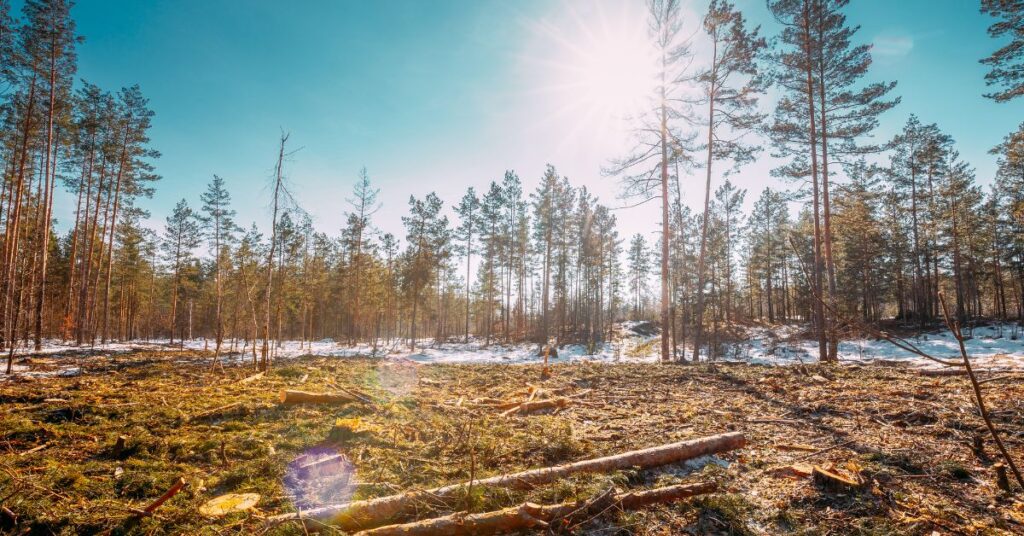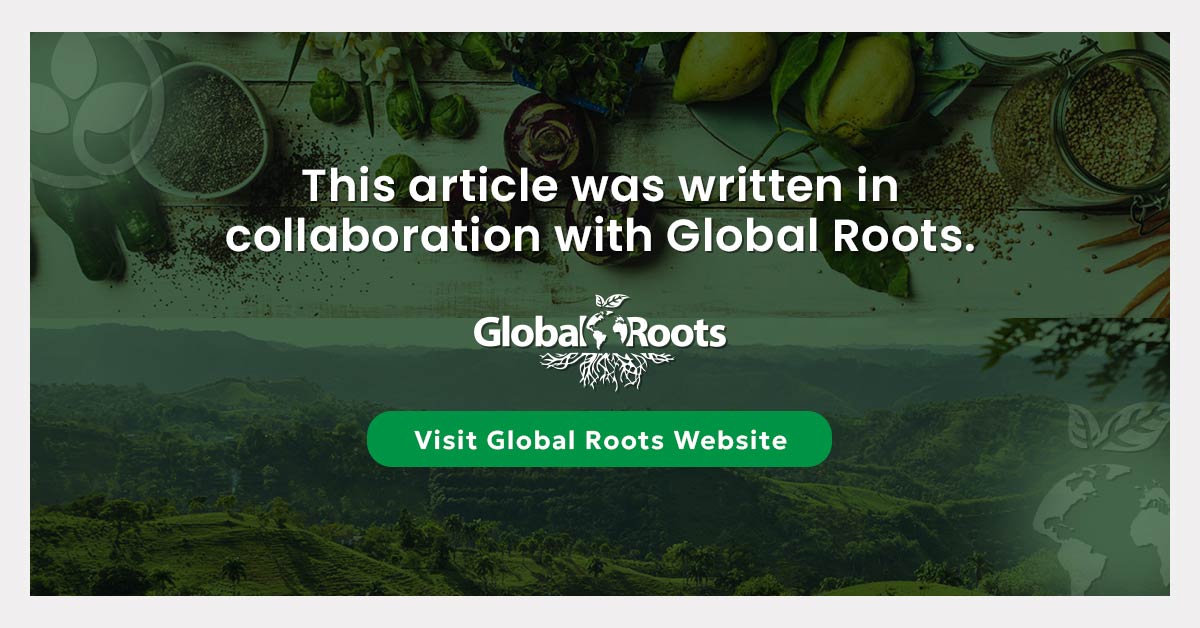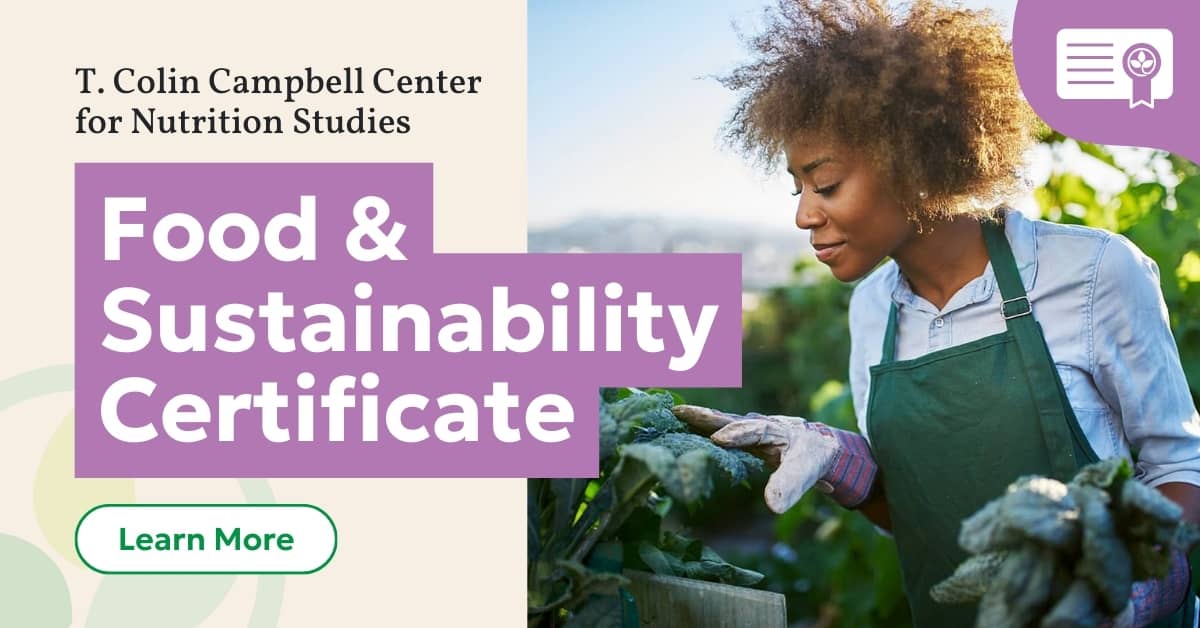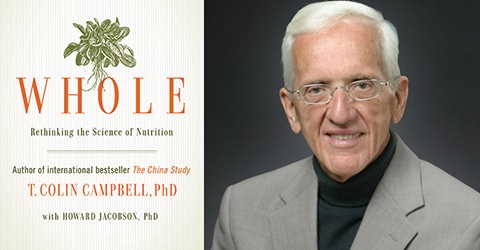

When it comes to climate change and the continuation of humanity itself, deforestation is a leading cause for concern. There are many connections between deforestation and food production worldwide that we must address. Agriculture drives 80 percent of tropical deforestation and has serious implications for the health of forests worldwide[1]. In all, scientists have identified eight commodities that drive almost all deforestation globally. These are further divided into primary and secondary drivers. The primary drivers of deforestation are beef, soy, palm oil, and wood products. The demand for these four commodities drives the majority of deforestation. Secondary food-related drivers of deforestation that still have notable impacts are coffee, rubber, cocoa, and sugar[2].
This video clip is from our Food & Sustainability Certificate.
By far, the largest contributor to deforestation is the agriculture of beef and other livestock. Especially in the Amazon, large swathes of rainforest are cut for cattle and soybean production. A study published by Greenpeace found that nearly 80 percent of land deforested in the Amazon between 1996 and 2006 is now used for cattle ranching, with these trends largely continuing today(3). Soybean production can be understood, by and large, as livestock production. Confounding all reason, rainforests are cut down to grow monocultures of soybeans, which are then shipped around the world to be used as animal feed. Of the soybeans grown in Brazil, the world’s largest producer, over 90 percent are used as feed, with 50 percent used as chicken feed, 25 percent as pig feed, and 12 percent for beef and dairy cattle feed[4]. To make matters worse, land that once supported the richest biodiversity on the planet can only support the pesticide-ridden monocultures of soybeans for a few years before it is drained of all nutrients and rendered unproductive. This in turn leads to even more deforestation.
Palm oil is the third leading cause of deforestation, behind beef and soybeans, and can be found in countless products, from processed foods and personal care products to biofuels and vegetable oil. The land cleared for palm oil plantations, largely in Southeast Asia, contributes substantially to climate change due to the amount of land deforested as well as the location of this land. Peatlands containing carbon-rich soils make up a large proportion of the land cleared for palm oil plantations. Peatlands hold twice as much carbon as all forests worldwide and take thousands of years to develop[5]. The invaluable biodiversity lost when these areas are deforested is staggering—the Indonesian rainforest covers just 1 percent of the Earth’s land area yet contains 10 percent of the world’s known plant species, 12 percent of mammal species, and 17 percent of all known bird species[6].
Eating less meat and less processed food as well as paying attention to the source of the foods and products we consume dramatically reduces our individual contributions to deforestation while leading to better health.
Importantly, deforestation cannot be pinned down to a couple of solitary bad actors. Deforestation worldwide is an indictment of our political and economic systems, which allow for and drive deforestation worldwide. From controversial land-grabbing techniques to multinational corporations and institutions operating through shady subsidiaries in tax havens, there is no shortage of ways to obscure deforestation. Companies such as JBS, ADM, or Bunge, and individuals like Blairo Maggi (the largest private soybean producer in the world and the winner of the Golden Chainsaw “award” for his contributions to deforestation) are well known for their contributions to deforestation, yet many other insidious elements and less well-known sources also contribute.
Educational institutions also have a role within the systems perpetrating deforestation. Harvard, for example, owns over roughly one billion dollars in farm assets around the world, contributing to the displacement and poisoning of indigenous peoples, rampant pollution, and deforestation. Using multiple company structures, Harvard has acquired vast tracts of timberlands and farmland in Brazil, South Africa, Russia, Ukraine, New Zealand, and the United States[7]. These opaque business structures make it hard to fully follow their specific handlings—according to a whistleblower resigning in protest, the fund’s board itself does not clearly understand the farmland that the fund owns and manages[8].
Multinational companies, investment groups, and wealthy individuals continue to invest in land worldwide. Almost 500 large-scale land grabs, with the intent of using the acquired land for food production, have taken place over the past decade, covering over 30 million hectares (nearly 75 million acres) in 78 countries[9].
Deforestation worldwide is fundamentally a result of how we view natural resources and assets more broadly. Harvard’s endowment fund and the large multinationals with profits larger than the GDPs of many countries view natural resources and forests not as vital assets to be left alone for the benefit of humanity, but rather as sources of profit to be extracted and commodified. To truly end deforestation, we must understand how these systems operate and be willing to adapt how we value natural resources and how businesses operate. On a more personal level, we must also be willing to change our eating habits. Eating less meat and less processed food as well as paying attention to the source of the foods and products we consume dramatically reduces our individual contributions to deforestation while leading to better health. These changes will sometimes require a bit of work—small tradeoffs to stem the rampant destruction caused by deforestation worldwide.
References
- https://www.lawnstarter.com/blog/statistics/deforestation-statistics//
- https://www.ucsusa.org/resources/whats-driving-deforestation
- https://www.greenpeace.org/usa/wp-content/uploads/legacy/Global/usa/report/2009/1/amazon-cattle-footprint-mato.pdf
- https://news.mongabay.com/2019/01/brazilian-hunger-for-meat-fattened-on-soy-is-deforesting-the-cerrado-report/
- https://www.unenvironment.org/news-and-stories/story/peatlands-store-twice-much-carbon-all-worlds-forests
- https://www.ran.org/indonesia_s_rainforests_biodiversity_and_endangered_species/
- https://www.grain.org/article/entries/6006-harvard-s-billion-dollar-farmland-fiasco
- https://medium.com/@Kat_Taylor/a-message-to-my-fellow-overseers-of-harvard-may-22-2018-12ea17d5d9ec
- https://www.grain.org/article/entries/5492-the-global-farmland-grab-in-2016-how-big-how-bad – https://www.farmlandgrab.org/
Copyright 2025 Center for Nutrition Studies. All rights reserved.
Deepen Your Knowledge With Our
Plant-Based Nutrition
Certificate
Plant-Based Nutrition Certificate
- 23,000+ students
- 100% online, learn at your own pace
- No prerequisites
- Continuing education credits







